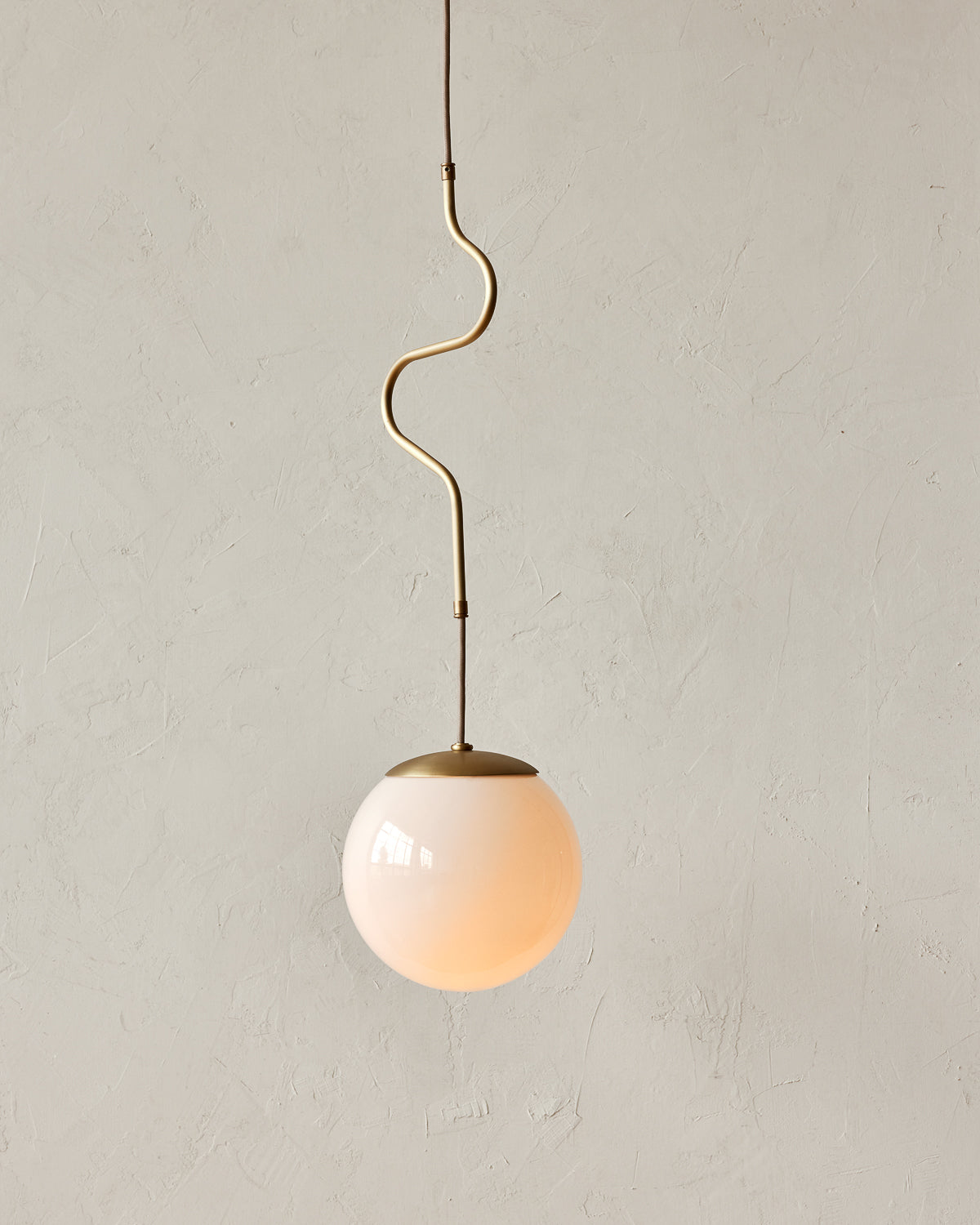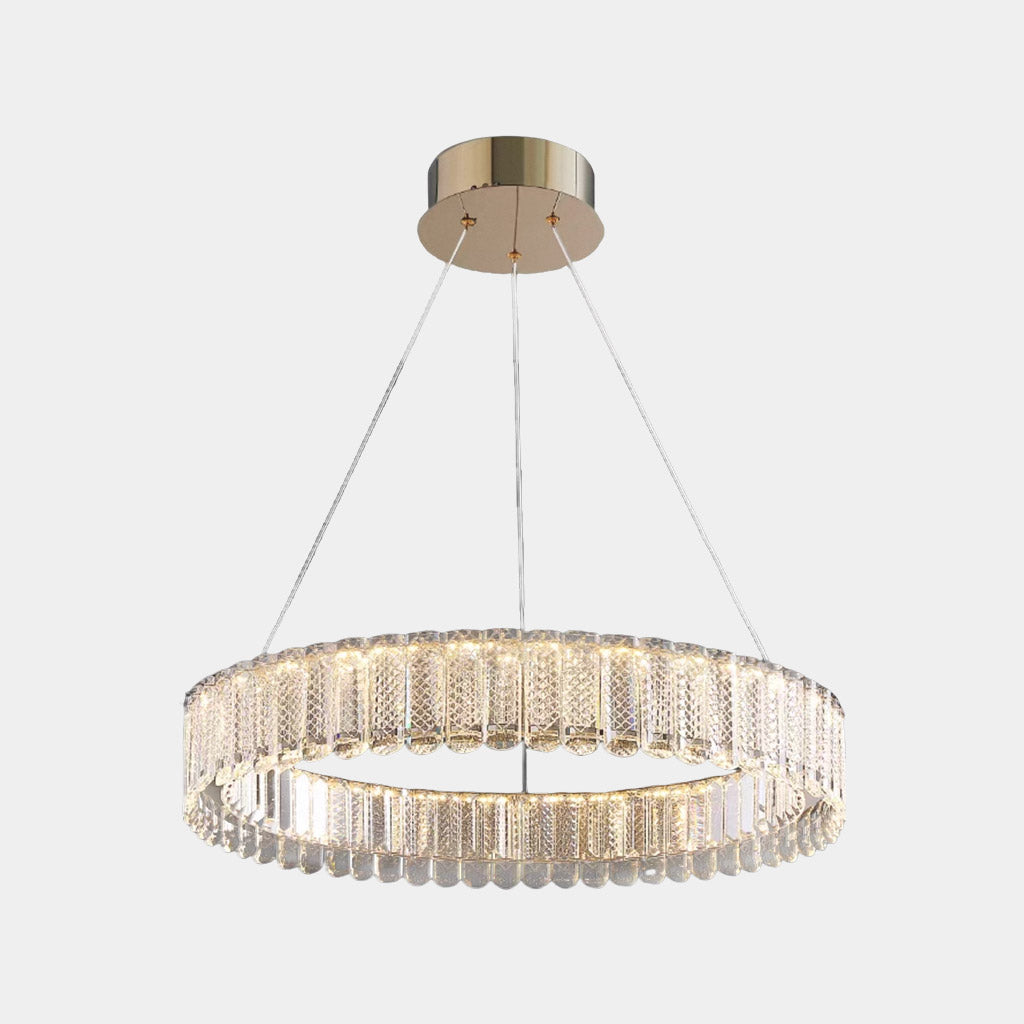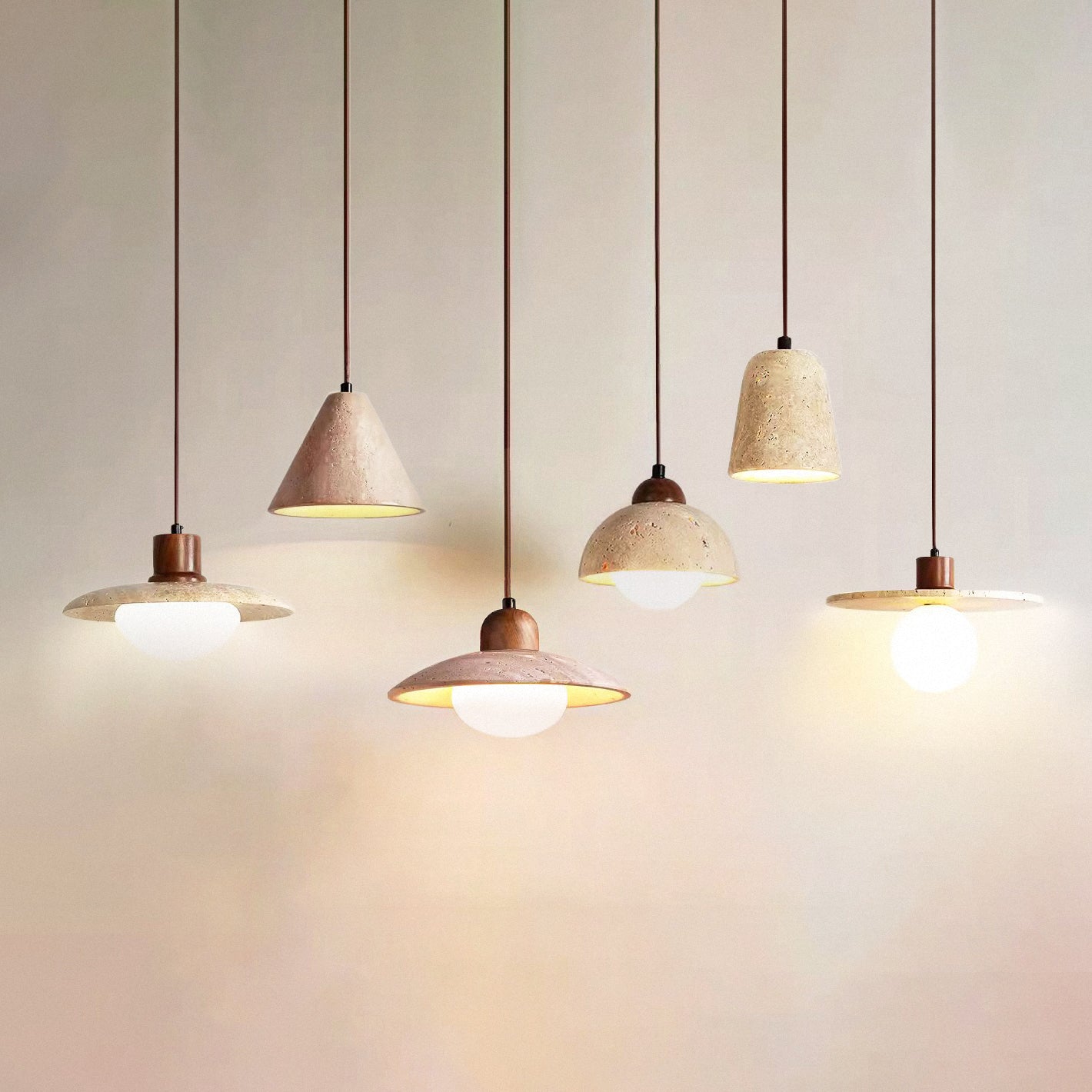How to Choose the Perfect Pendant Light for Any Relaxing Space
A Comprehensive Guide to Installing and Preserving Your Pendant Light
Maintaining a necklace and mounting light requires cautious planning and implementation. Correct height dimensions can boost both capability and layout. Necessary devices and a clear setup process are critical for a successful configuration. Normal maintenance assurances durability and performance. Understanding these components can change a room. Nonetheless, understanding where to start could seem intimidating. What steps should one prioritize to accomplish the most effective results?
Understanding Pendant Light Styles
While many home owners look for to enhance their rooms with Pendant lighting, comprehending the various designs readily available is important for making an enlightened selection. Pendant lights are available in a multitude of styles, each offering special visual and functional advantages. Conventional Pendant lights frequently feature timeless shapes and products, such as glass or metal, providing a classic charm. Contemporary layouts, on the various other hand, might integrate cutting-edge products and bold colors to produce striking prime focus.
Industrial-style pendants commonly use resources like subjected light bulbs and rustic coatings, appropriate for loft spaces and modern-day settings. For a more whimsical touch, vintage-inspired choices evoke fond memories with elaborate details and retro surfaces. In addition, minimalist layouts concentrate on simplicity and clean lines, appealing to those who like understated style. Understanding these diverse styles allows property owners to pick Pendant lighting that not only complements their style yet also serves their functional illumination needs effectively.
Determining the Perfect Elevation for Your Pendant Light
Just how does one figure out the best elevation for a pendant light? To achieve the most effective performance and visual charm, several aspects have to be taken into consideration. Typically, a necklace light ought to hang 30 to 36 inches over a table to guarantee adequate lighting without blocking views. In areas with high ceilings, the fixture might be positioned somewhat higher to keep symmetry.
For cooking area islands, an elevation of 28 to 34 inches above the kitchen counter is normally recommended, allowing for adequate light protection while maintaining an inviting environment. In living locations, the Pendant should be hung at a height that complements the bordering decor and does not produce a danger for people strolling below it.
Inevitably, individual preference and space measurements play significant functions in establishing the ideal elevation. Checking numerous heights before last installment may assist attain the preferred impact and capability.
Devices and Products Needed for Installation
Successful installation of Pendant lights needs a specific set of products and devices to assure a smooth process. Crucial tools include a screwdriver, cord pole dancer, and a drill, which assist in safe fixture accessory and proper electrical wiring. A voltage tester is vital for confirming safety by ensuring that power is off before starting any electric job.
In addition to tools, certain products are necessary for setup. These include the Pendant light fixture itself, electrical wiring, wire nuts for safe and secure links, and installing hardware. A ceiling hook may additionally be needed, depending upon the component's layout.
For included safety and security and comfort, a ladder will certainly help in reaching high ceilings, while a level assures that the light hangs uniformly. Preparing these tools and products beforehand improves the setup procedure, making it a lot more efficient and effective. Proper prep work is vital to attaining an effective Pendant light installment.
Step-by-Step Installment Refine
With the required tools and materials collected, the installation procedure for Pendant lights can start. The power supply need to be transformed off at the circuit breaker to guarantee safety and security. Next off, the mounting brace needs to be affixed to the electrical box in the ceiling. After safeguarding it, the electrical expert's tape ought to be used to cover any kind of subjected cables.
Adhering to that, the Pendant light's wires are attached to the equivalent wires in the ceiling: black to black (or red), white to white, and eco-friendly or copper for ground. Once the connections are made, they must be protected with cord nuts.
The Pendant light can after that be connected to the placing brace, making specific it hangs at the wanted height. Lastly, the light bulb is inserted, and the power is turned back on at the circuit breaker, permitting the brand-new Pendant light to illuminate the space.
Preserving and Cleansing Your Pendant Light
What steps should be required to guarantee the durability and aesthetic allure of Pendant lights? Regular maintenance and cleaning are necessary in maintaining their elegance and functionality. Dust and dust can accumulate on Pendant lights, reducing their sparkle. To cleanse, a soft, lint-free towel or microfiber towel need to be used, in addition to a mild cleaner ideal for the surface area product - Pendant Light. For glass or crystal necklaces, a glass cleanser can boost quality without streaks
It is a good idea to switch off the light and permit it to cool before cleaning. Furthermore, inspecting the fixture for loose light bulbs or links occasionally ensures security and height performance. If suitable, transforming light bulbs consistently protects against strain on electric components. Lastly, keeping a secure setting by preventing exposure to dampness can substantially extend the life of Pendant lighting. Complying with these steps will certainly keep Pendant lights looking their best while working successfully.
Repairing Usual Pendant Light Issues
When pendant lights malfunction, numerous usual issues might arise, including flickering light bulbs, incorrect installment, and voltage fluctuations. Determining the origin is essential for reliable repairing and making sure peak performance. Addressing these troubles immediately can enhance the longevity and capability of Pendant lighting components.
Flickering Light Bulbs
Flickering light bulbs can be a source of irritation for house owners, usually signaling underlying electric concerns or easy upkeep demands. This phenomenon might come from loose bulb connections, where the why not find out more bulb is not firmly fitted into the outlet, triggering intermittent contact (Pendant Light). Additionally, faulty or aging bulbs might flicker as they near the end of their lifespan. One more typical reason is inconsistent voltage, which can arise from issues within the electrical system or straining circuits. House owners should also look for damaged circuitry, as this can lead to flickering and present safety and security threats. Normal examinations and prompt substitutes are important to assure appropriate capability and to maintain a safe home atmosphere. Recognizing the root cause quickly can protect against more difficulties

Wrong Setup Concerns
Incorrect setup of Pendant lights can result in a range of problems that might appear like those triggered by flickering light bulbs. Usual problems include loose electrical wiring links, which can interrupt the flow of power and cause intermittent lights. In addition, if the placing bracket is not firmly secured, the Pendant may hang erratically, creating an unsteady fixture that can create resonances or noise. Incorrect light bulb kinds or wattage can also add to performance problems, as incompatible light bulbs might not function successfully in the component. Lastly, inadequate spacing from the ceiling can create darkness or lower light distribution, decreasing the desired impact of the Pendant light. Recognizing and resolving these installation errors is important for attaining proper capability and aesthetic charm.
Voltage Fluctuation Issues
Although Pendant lights can enhance a room's atmosphere, voltage variations can result in substantial performance problems. These fluctuations might create flickering lights, decreased illumination, or perhaps premature light bulb failure. To detect such problems, one must initially check the lighting fixture's compatibility with the voltage supply. Making use of a multimeter can help gauge voltage degrees and determine irregularities. If voltage issues persist, it may be required to inspect the electrical system for loose links or faulty circuitry. In some situations, speaking with a licensed electrician is suggested to ensure safety and conformity with neighborhood codes. Properly dealing with voltage variations not only boosts the performance of Pendant lights but likewise prolongs their lifespan and boosts overall lights high quality.
Enhancing Your Room With Pendant Light Placement
Reliable Pendant light positioning can considerably boost a space by adhering to optimal elevation standards, guaranteeing the appropriate lighting degree. Layering these lights with other resources can create a well balanced environment, highlighting focal factors within the room. Achieving a harmonious appearance requires mindful consideration of both the component's positioning and its connection see here with bordering components.
Ideal Elevation Standards
When considering the perfect elevation for Pendant lights, a general standard suggests hanging them approximately 30 to 36 inches above a counter top or table surface. This elevation permits optimum lighting while ensuring that the light does not obstruct sights or produce threats. In eating areas, Pendant lights must be positioned to improve the dining experience, commonly around 28 to 34 inches over the table. For cooking area islands, keeping uniformity throughout numerous pendants can produce a cohesive appearance; spacing them uniformly and sticking to the suggested elevation boosts capability. It is vital to consider ceiling elevation too, as higher ceilings may need modifications to keep symmetry and aesthetic allure. Correct height positioning substantially adds to the general setting of an area.
Layering With Other Lights
As Pendant lights are integrated right into a more comprehensive illumination style, they can greatly improve the environment of a room. Their convenience permits them to be layered with ambient, job, and accent lighting, producing an unified balance. For instance, combining pendant lights with recessed illumination can supply basic illumination while highlighting particular areas. Task lights, such as under-cabinet lights, can enhance pendants in kitchens, guaranteeing capability without compromising style. Accent lights, like wall sconces, can additionally enhance the environment, drawing focus to artwork or building attributes. By purposefully placing these lights, property owners can attain depth and dimension, transforming a normal area right into a wonderfully lit up establishing that deals with various activities and moods.
Focal Factors and Equilibrium

Strategically positioned Pendant lights can work as charming focal points within an area, drawing the eye and enhancing the total aesthetic. When picking pendant lights, it is important to take into consideration their color, shape, and size to assure they enhance the existing design. A bold, extra-large Pendant can produce a striking focal point over a dining table, while smaller fixtures may work better in clusters to accomplish a well balanced appearance. Furthermore, positioning Pendant lights at varying heights can add deepness and visual passion to the room. Maintaining equilibrium with various find other elements, such as furnishings and wall shades, will certainly guarantee that the Pendant lights boost the room without overwhelming it. Thoughtful placement changes the ambiance, developing an unified and inviting environment.
Frequently Asked Concerns
Can I Mount a Pendant Light in a Recessed Ceiling?
The question of whether a necklace light can be installed in a recessed ceiling usually occurs. Normally, it is possible with suitable mounting equipment, making sure correct assistance and electrical connections for efficient and secure setup.
What Kind of Bulb Is Best for Pendant Lights?
When picking bulbs for Pendant lights, LED alternatives are typically favored as a result of their energy effectiveness and long life. In addition, the color temperature should match the preferred ambiance, with cozy white being a preferred choice for relaxing setups.
Are Pendant Lighting Safe for Outdoor Usage?

Exactly how Do I Choose the Right Pendant Light Electrical Power?
Selecting the right Pendant light electrical power includes assessing the room's dimension, wanted brightness, and component compatibility. Normally, lower electrical powers fit ambient lighting, while greater wattages supply task illumination, making certain capability and aesthetic charm.
Can I Use a Dimmer Switch With My Pendant Light?
The concern emerged whether a dimmer switch could be utilized with a pendant light. Typically, if the light and bulb work, a dimmer button can effectively improve setting and control brightness degrees.
When pendant lights breakdown, several typical issues might arise, including flickering light bulbs, inaccurate installment, and voltage variations. Inappropriate setup of Pendant lights can lead to a range of concerns that may appear like those triggered by flickering light bulbs. Poor spacing from the ceiling can produce shadows or minimize light circulation, decreasing the intended result of the Pendant light. Reliable Pendant light positioning can considerably boost a room by adhering to suitable height guidelines, making certain the right lighting degree. When picking bulbs for Pendant lights, LED choices are commonly favored due to their energy performance and longevity.